Whether it’s medicine, food or cosmetics: when opening certain products, we really want to be sure that they have not been tampered with. Since February 2019, over-the-counter medicines must be tamper-proof, or tamper evident proof.
It is one of the security features within serialization of the European Parliament to combat counterfeit medicines. In this post, we take you into the world of tamper evident labels, show you how labeling works and how the pharmaceutical industry is fighting drug fraud.
 Security labels
Security labels
To ensure that people recognize when the product has been opened without authorization, the package must be visibly and irreversibly damaged when it is first opened. This is where security labels or tamper evident labels come into play. On the box you see a tamper evident label. It tears when you open it. Or, in other words, good security and insurance for what you are buying.
Types of tamper evident labels
- Paper labels
When tampered with, the labels tear or laminate. - Invalid labels
Upon removal, the adhesive layer is visibly destroyed and a hidden warning message or pattern appears. - Self-destructing labels
These are made of laminating film. When the label is removed, the top material is destroyed, leaving visible pieces of label that are very difficult to remove from the package. - Perforated labels
When opened, the label is visibly destroyed along the perforation line.
All tamper evident labels are available in color, but also transparent. This has the advantage that the label is less directly visible and the text on the packaging remains legible, even when it is covered.
On the box you will see a transparent tamper evident label that detaches when the packaging is opened, no longer sticks and damages the packaging. This gives the medicine user the guarantee that the box has not been opened since production.
How does a tamper evident label system work?
There are always three packages that are fraudulently labeled.
- Primary packaging: the product itself
- Secondary packaging: box with multiple products
- Tertiary packaging: pallet or large box with several secondary packaging for transportation
There is a different machine for each application, as everything depends on the shape, size and what needs to be labeled. On the left you see a primary packaging, in the middle a secondary packaging and finally a tertiary packaging in a labeling system.



How do you achieve the desired labeling production speeds?
The video below shows how fast packaging can be labeled and coded. The production speeds are immense, so the labeling machines must be able to keep up. Sometimes you use multiple machines in a row to achieve the desired capacity.
Actually, labeling in the pharmaceutical industry is always customized. As a result, we have developed machines for different packaging and pharmaceutical companies. For example, a tamper proof labeling process for Traxeed and a new labeling machine for a medicine bottle.
In short, if are you looking for a labeling machine, talk to a label expert like us.
What challenge does the pharmaceutical industry face in terms of labeling?
Counterfeiting and manipulation is always lurking. The pharmaceutical industry must always guard against this. This requires that packaging always becomes smarter and continues to improve so that we ordinary people can always assume that our medicines are safe. In addition, the industry must also do its part to make packaging more sustainable.
Did you know we have even more information about the labeling and coding challenges in the pharmaceutical industry? Feel free to check out any of these articles:
- RFID Labels: Zero-Contact Data for Industry 4.0
- Logistic process in e-commerce: Receiving, shipment and return of orders
- Attentive labels for safe goods
- What is serialisation? – A quick guide
- Tamper proof labeling with Weber Marking Systems & Traxeed
- Pharma packaging – Latest developments in tamper-proofness
Looking for more information about labeling machines? Check our website or contact us.
Looking for the perfect labeling solution? Request a free expert consultation!


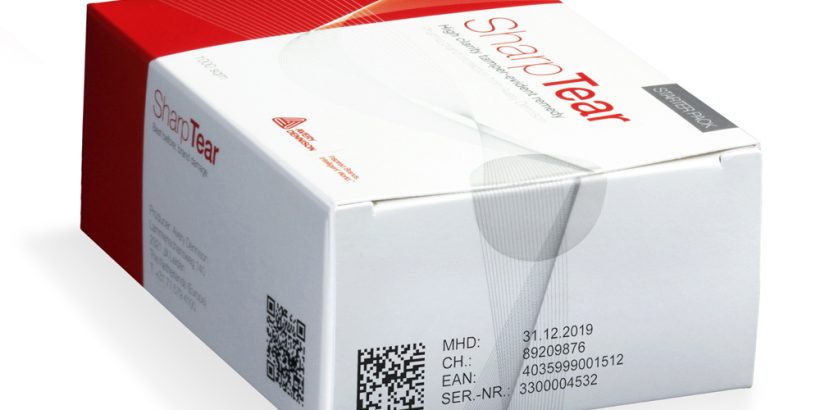
 Security labels
Security labels

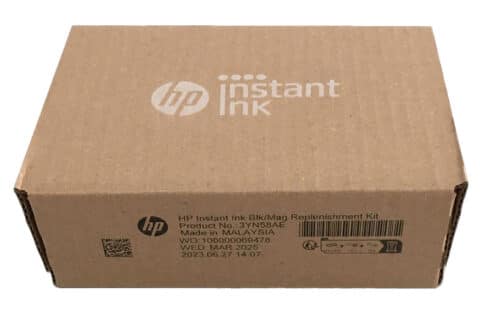

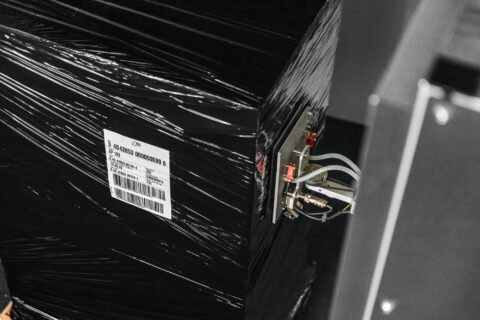
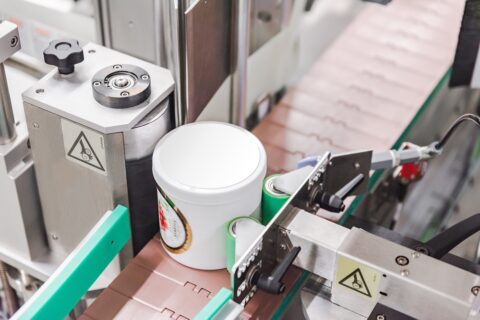



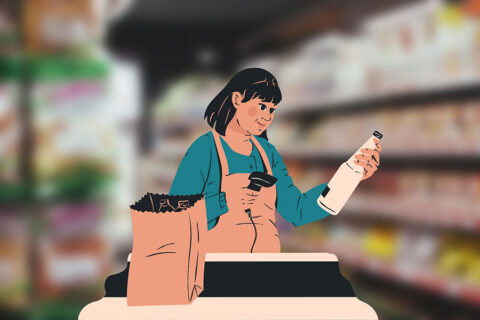







Thanks for sharing all of your experiences!